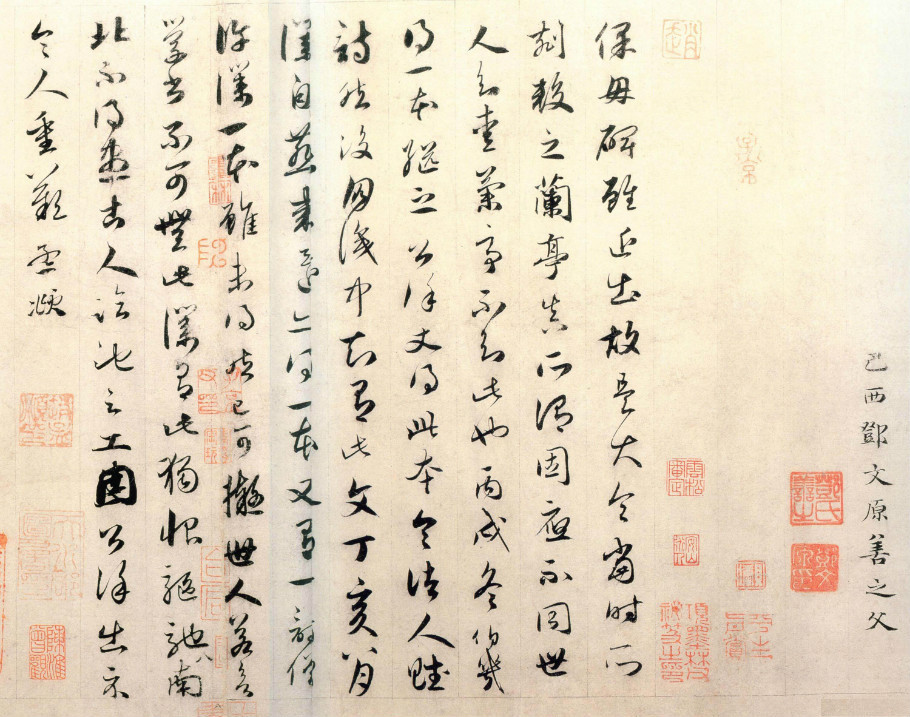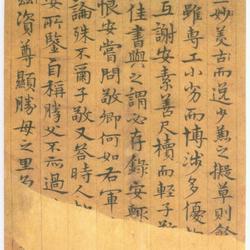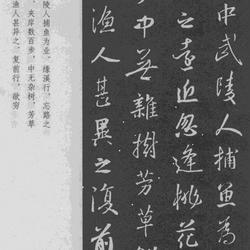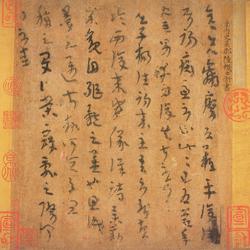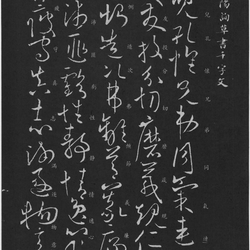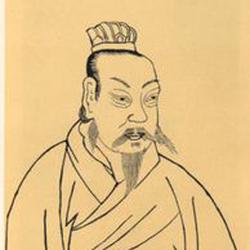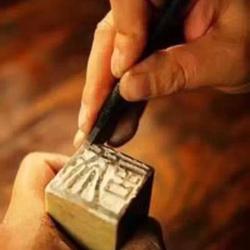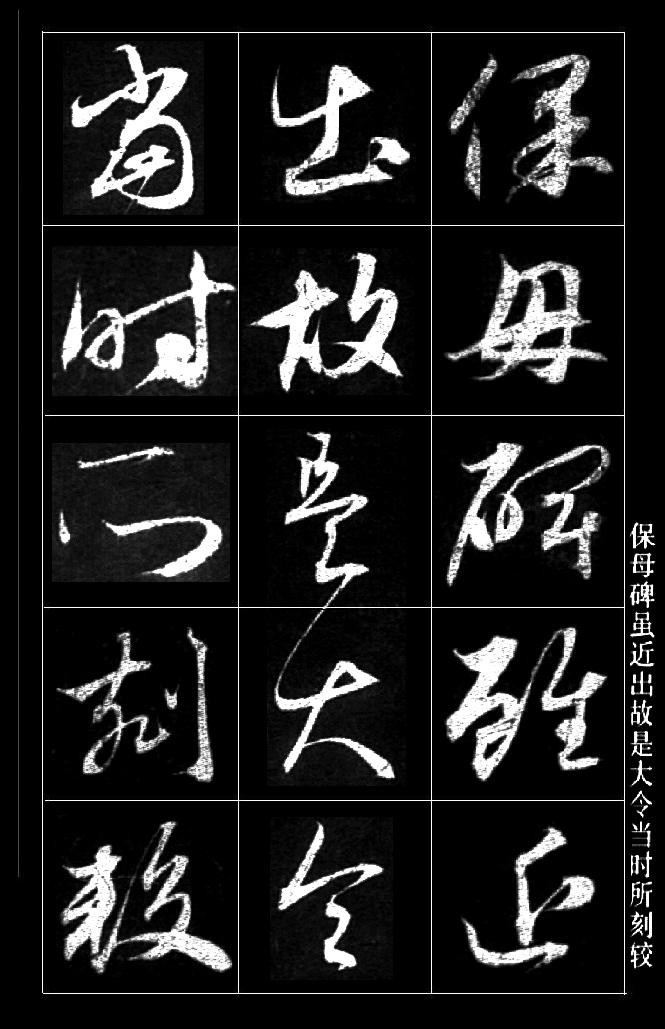
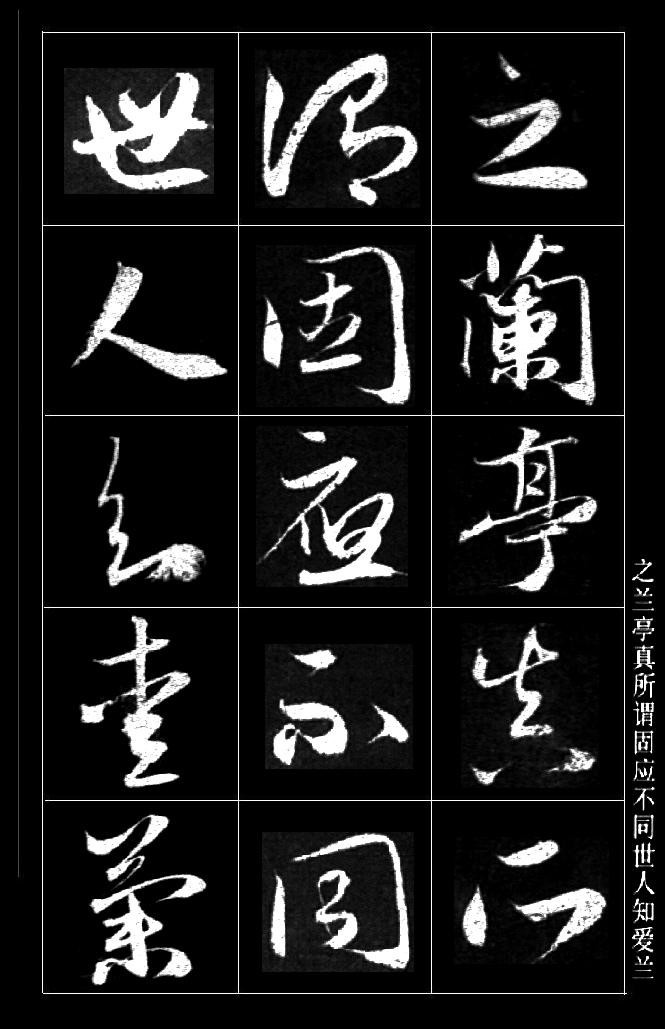
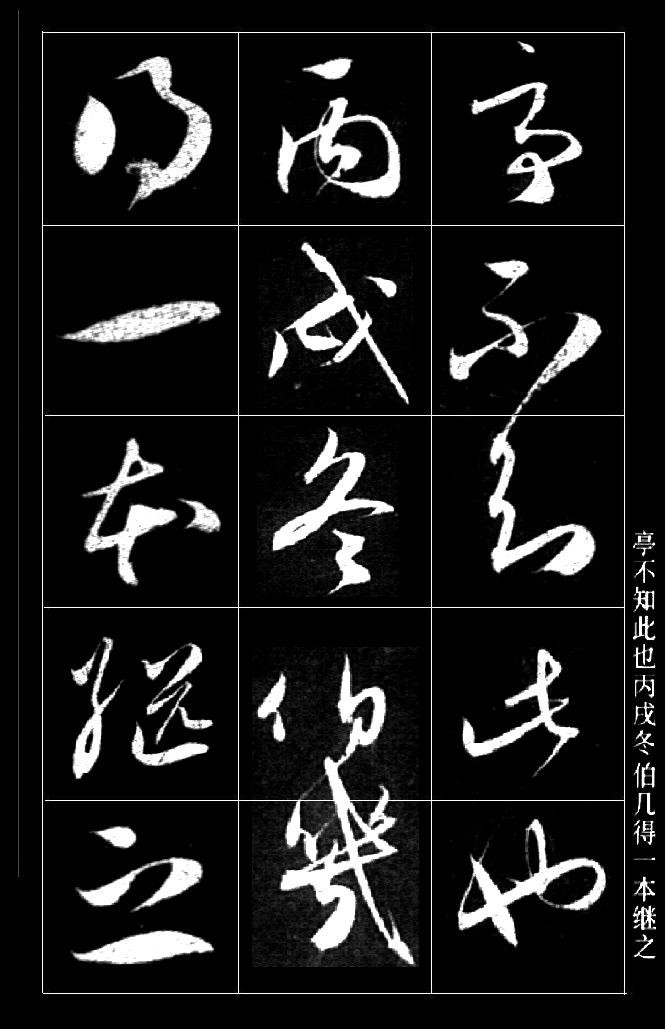
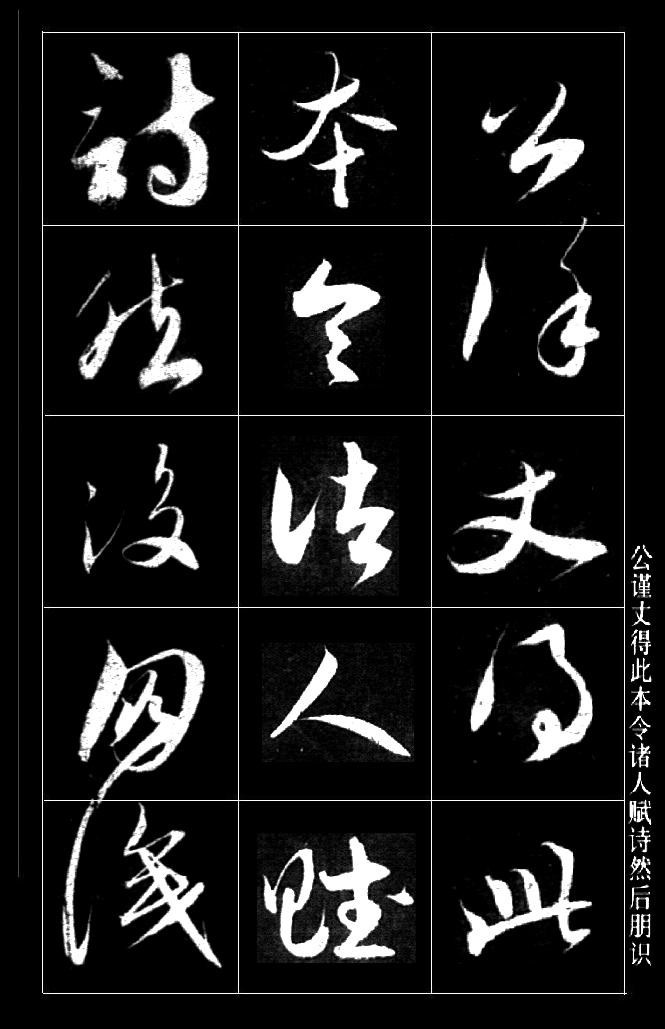
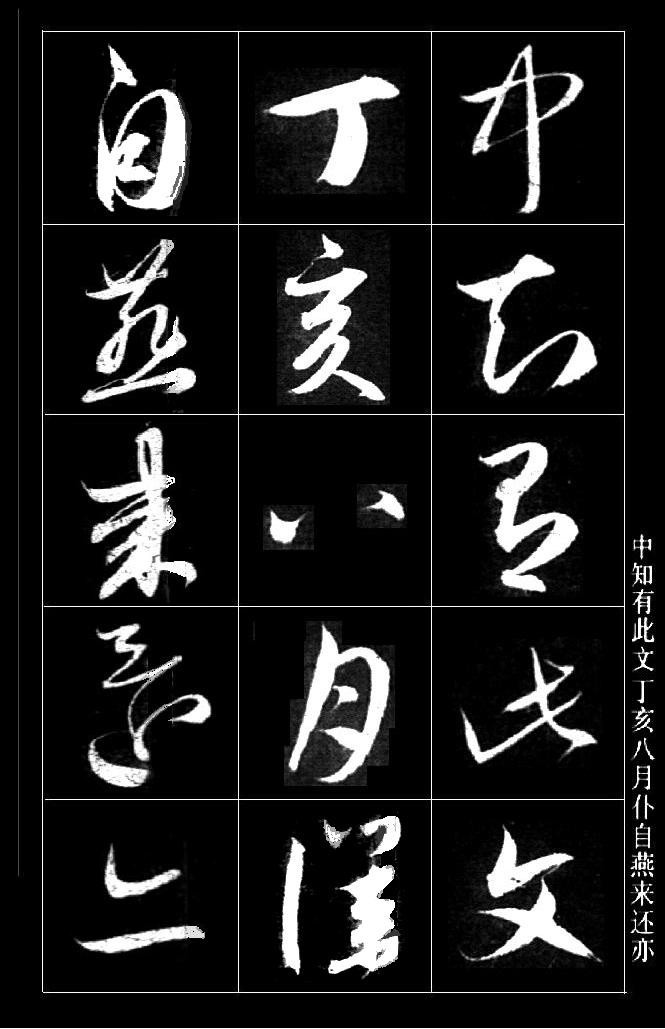
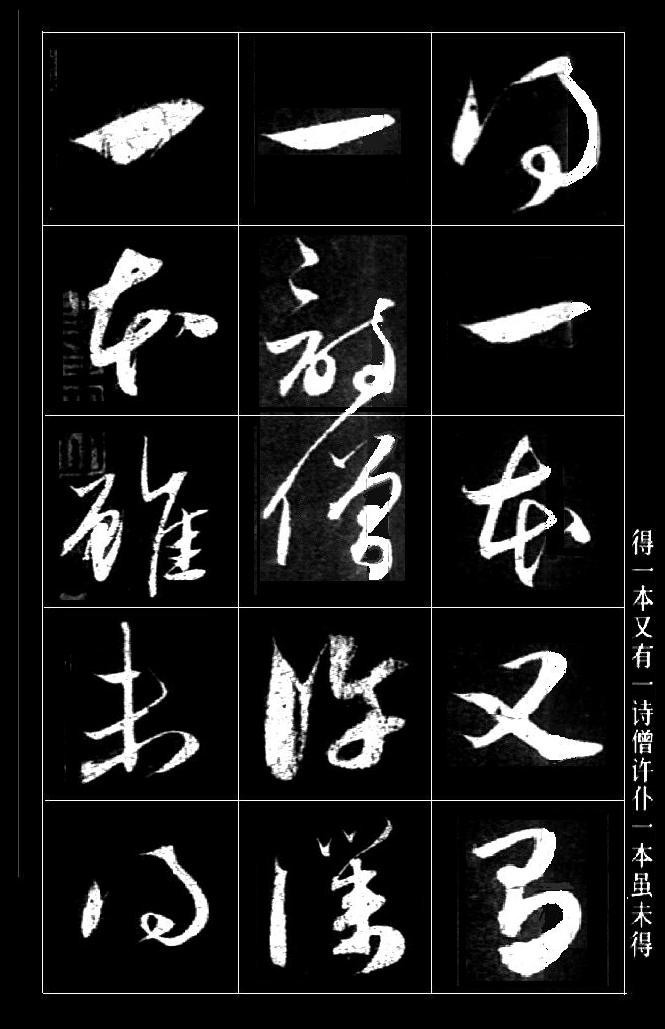
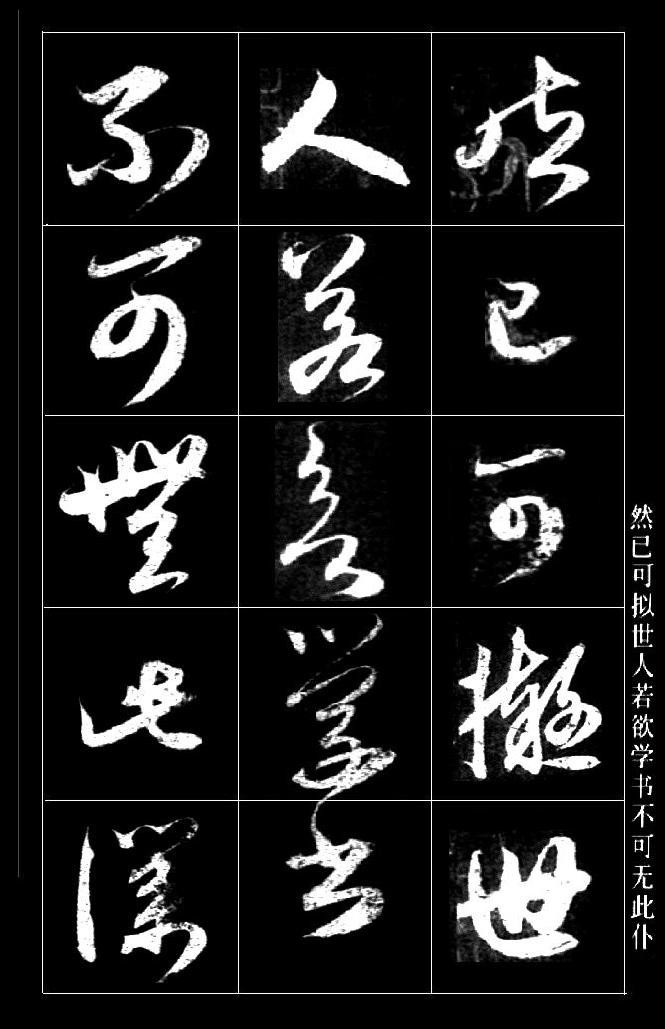
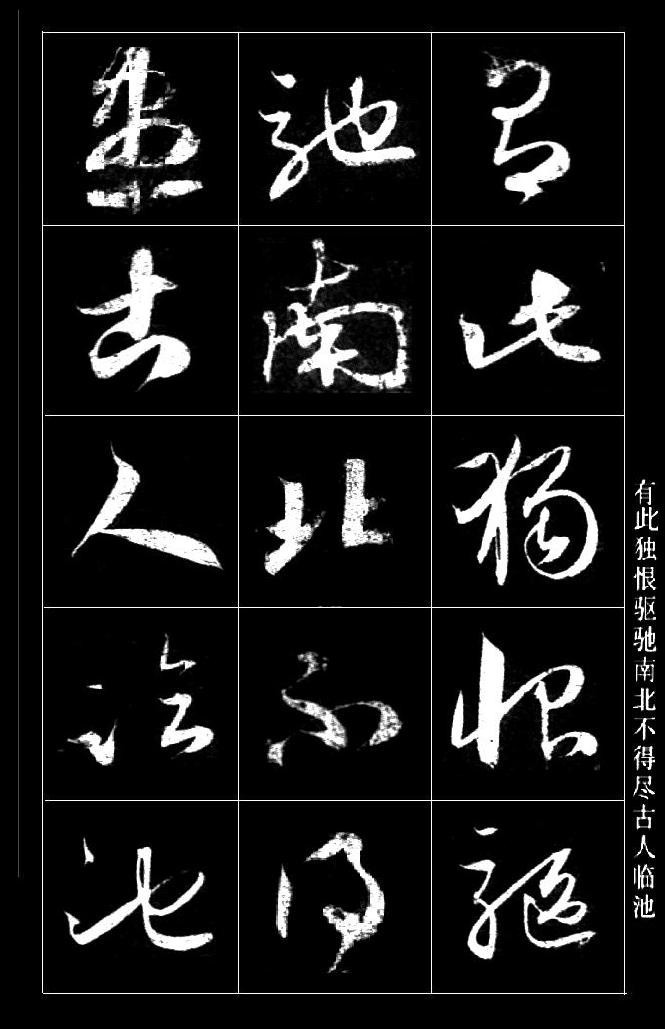
Zhao Mengfu Cursive Nanny Brick Postscript
paper cursive
31.6 cm in length and 32 cm in width
Zhao Mengfu (1254-1322), whose courtesy name was Zi'ang, was also known as Songxue Taoist, also known as Oubo and Shuijinggong Taoist. A native of Wuxing (now Huzhou, Zhejiang) in the Yuan Dynasty. Song clan. After entering the Yuan Dynasty, he became an official through the process of Jufu, and became a scholar of Hanlin Academy, a doctor of honor and wealth, etc. During his lifetime, he "was an official of the first rank in the Five Dynasties and was famous all over the world." After his death, he was granted the title of Duke of Wei, with the posthumous title of "Wenmin". He is erudite and talented, with profound attainments in poetry, literature, calligraphy, painting and music. Calligraphy and painting were in a leading position at that time. Calligraphy "seal, poke, Fen, Li, Zhen, Xing, and cursive scripts are all the best in ancient and modern times." The two styles of Zhen and Xing were particularly successful. They were called "Zhao style" in the world, which was very important to that time and It had a huge impact on later generations.
This post is the postscript of a rubbing of the book "Nanny Brick" written by King Jin of Jin and kept by his friend Zhou Mi when Zhao Mengfu came to Hangzhou on official business in his second year as an official in the Yuan Dynasty. Before and after the post, there are inscriptions and postscripts by Jiang Kui of the Song Dynasty, Zhou Mi of the Yuan Dynasty, Xian Yushu, Qiu Yuan, Zhang Dong, Bai Lai, Deng Wenyuan, Wang Yijian, Gong Yisun, Lu Tonglao, Wang Yingsun, Long Renfu, Du Yuke and others.
Zhao's early cursive calligraphy was mainly influenced by Sui Zhiyong's "Thousand Character Essay" in style. Most of his works were precise in meaning and rigorous in cursive writing. At the same time, I also pay more attention to the rich changes in the details of the pointillism, as well as the natural harmony of the rhythm of the composition. "Nanny Brick Postscript" reflects these characteristics.
Appraisal and collection seals: "Zijing Fu Seal", "Mo Lin", "Chen Huaizeng Guan", etc.
Records from past dynasties: "Catalog of Paintings and Calligraphy of Jiangcun" and "Catalog of Calligraphy and Paintings of Qilantang".
Explanation:
Although the nanny stele is close to the mountain, it was engraved by the great order at that time. Compared with the Orchid Pavilion, the real meaning is different. People know that they love Orchid Pavilion, but they don't know this.
In the winter of Bingxu, my uncle got a copy, and his father-in-law, Jinzhang, got it. He ordered people from Chu to compose poems, and then friends learned about this article.
Dinghai August. When my servant came back from Yan, he also got a copy, and there was also a copy of Shi Hate promised his servant. Although he didn't get it, he could draw it up.
If people want to learn calligraphy, they must do this. With this in mind, my servant only hates to drive north and south, unable to occupy all the people near the pond.
work. I would like to present it to you on official business, which is very surprising. Meng Fu
